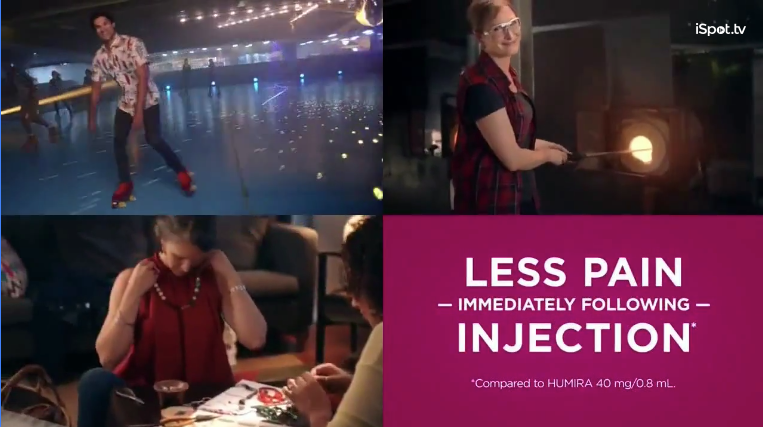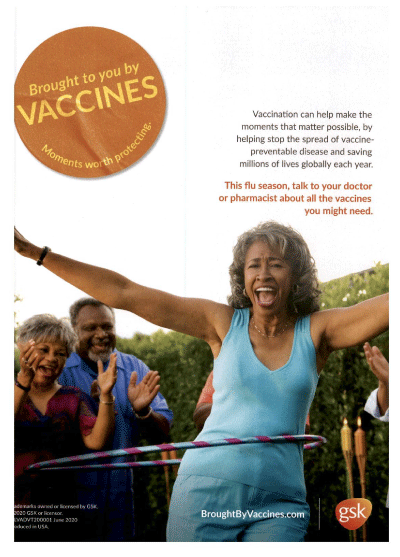This column is not about a DTC advertising campaign that already exists. Instead, it is about what should happen after the Covid-19 vaccine is approved. Unfortunately, too many Americans are skeptical of a vaccine.
Trump clearly showed that he was not medically accurate in many of his Covid related treatment statements. His vaccine program was doubted by some for being an election booster if it could be fast tracked and approved before the election. His Democrat opponents cast doubt on any vaccine developed under his watch. Several states said they would independently review vaccine data even after the FDA approved it.
Now that Pfizer and Moderna have announced the phenomenal results, the hard work begins after approval in terms of timely distribution and getting enough Americans to take it. DTC must play a role in convincing Americans the vaccine is the solution to this worldwide nightmare.
The conundrum is how much should a drug maker spend on DTC when they can sell all they make. Should the front runners Pfizer and Moderna run DTC even though they don’t need to create demand? The answer is yes. This is a case where all drug makers of vaccine have an ethical responsibility to make Americans want to get this vaccine as soon as it is available to them. We know that vaccine makers have done a good job creating ads for their other vaccines. The DTC goal is reassurance that the vaccine is safe and will end the pandemic.
It will be interesting to see the creative on Covid vaccines. The challenges are to first ensure that safety concerns are dealt with as safety data is only over a short period. We don’t want Americans to hold back and let their friends and neighbors go first. The second challenge is the two shots needed. Drug makers are going to have to convince us to get shots a month apart. Third, is the concern that the shot may only last months not years.
Of course, we can expect that drug makers will see massive government investment in consumer outreach. Federal and state health departments will spend to get the message out. Employers will be adding their own efforts to get employees vaccinated. So, my estimate is we will see over $100 million invested in vaccine DTC. Money should not be a limitation given the Covid pandemic has cost this country hundreds of billions in economic losses. We can hope government will be setting aggressive targets to raise the percent of those vaccinated. Experts think we need at least 70% of the population vaccinated to nearly eradicate Covid.
Particularly important is convincing African-Americans to take the vaccine. According to Pew Research only 42% said they are definitely or probably going to get vaccinated. The number among the total population is 60%, and among Hispanics it is 63%. All these are under the estimated 70% it will take to get herd immunity. DTC is one of the fastest ways to get Americans convinced the vaccine is necessary. All constituencies, public and private, need to invest in a major DTC effort and accelerate adoption.
Bob Ehrlich,
Chairman
DTC Perspectives, Inc.



